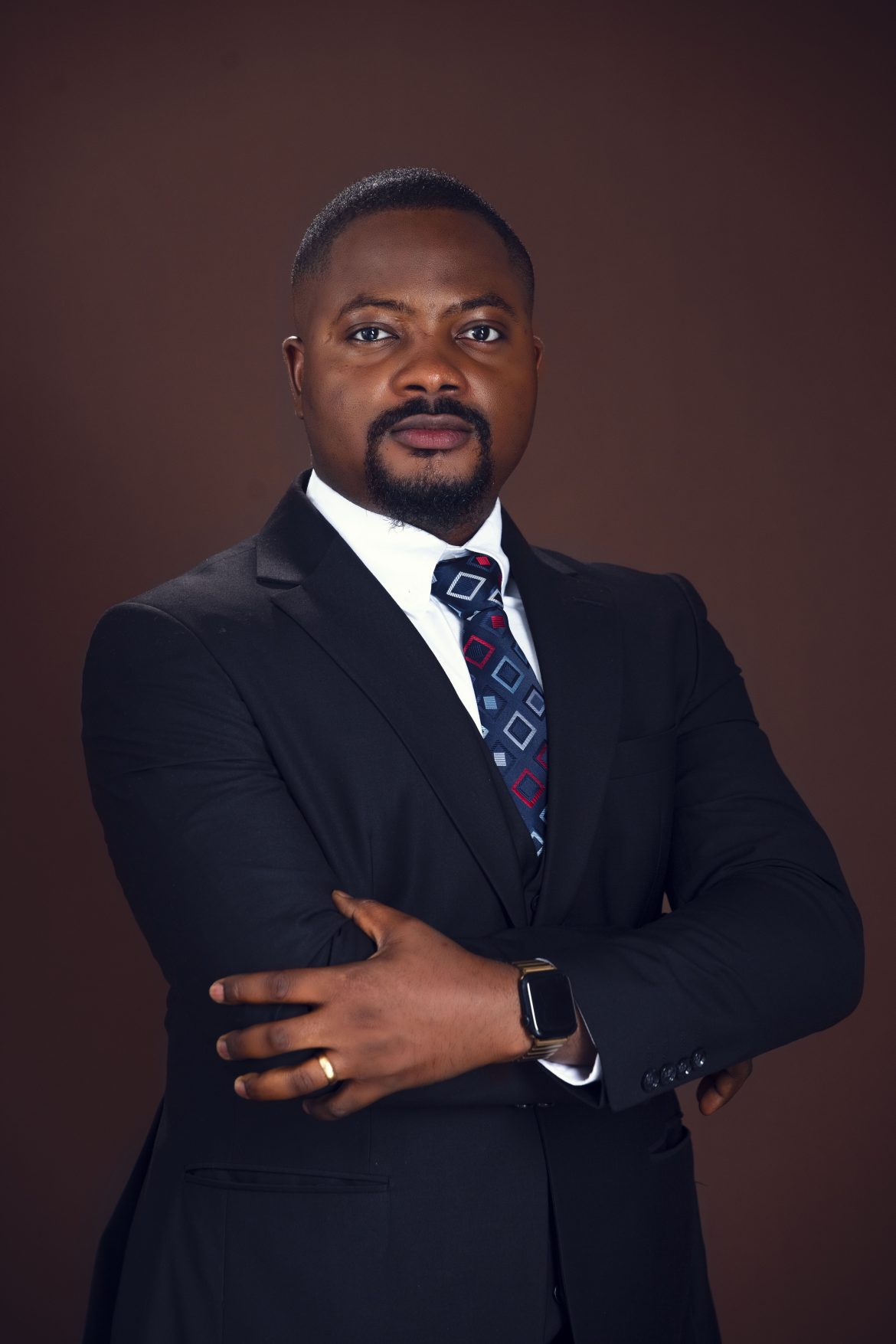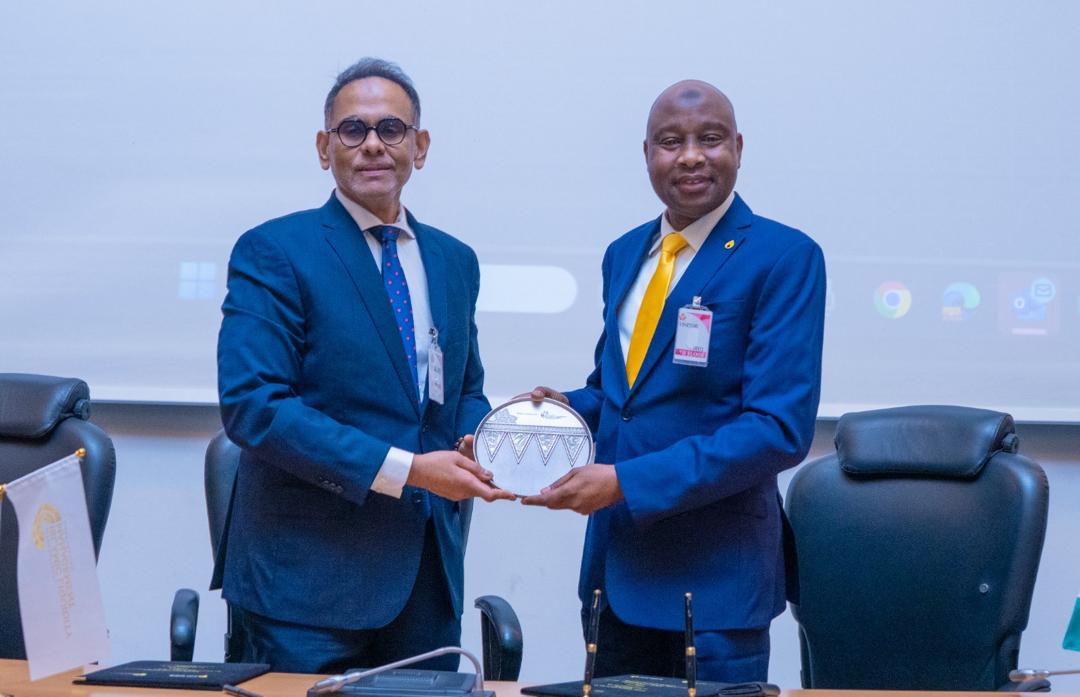Artificial intelligence is poised to continue advancing until it is “everywhere” — and before it gets there, Tolga Kurtoglu wants to make sure it’s trustworthy.

Tolga Kurtoglu, Parc CEO
Kurtoglu is the CEO of Parc, the iconic Silicon Valley research and development firm previously known as Xerox Parc. Although it’s best known for its pioneering work in the early days of computing — developing technologies such as the mouse, object-oriented programming, and the graphical user interface — Parc continues to help companies and government agencies envision the future of work.
“A really interesting project that we’re working on is how to bring together these AI agents, or computational agents, and humans together, in a way that they form sort of collaborative teams, to go after tasks,” Kurtoglu said on the latest episode of Recode Decode, hosted by Kara Swisher. “And robotics is a great domain for exploring some of the ideas there.”
Whereas today you might be comfortable asking Apple’s Siri for the weather or telling Amazon’s Alexa to add an item to your to-do list, Kurtoglu envisions a future where interacting with a virtual agent is a two-way street. You might still give it commands and questions, but it would also talk back to you in a truly conversational way.
“What we’re talking about here is more of a symbiotic team between an AI agent and a human,” he said. “They solve the problems together, it’s not that one of them tells the other what to do; they go back and forth. They can formulate the problem, they can build on each other’s ideas. It’s really important because we’re seeing significant advancements and penetration of AI technologies in almost all industries.”
Kurtoglu believes that both in our personal lives and in the office, every individual will be surrounded by virtual helpers that can process data and make recommendations. But before artificial intelligence reaches that level of omnipresence, it will need to get a lot better at explaining itself.
“At some point, there is going to be a huge issue with people really taking the answers that the computers are suggesting to them without questioning them,” he said. “So this notion of trust between the AI agents and humans is at the heart of the technology we’re working on. We’re trying to build trustable AI systems.”
“So, imagine an AI system that explains itself,” he added. “If you’re using an AI to do medical diagnostics and it comes up with a seemingly unintuitive answer, then the doctor might want to know, ‘Why? Why did you come up with that answer as opposed to something else?’ And today, these systems are pretty much black boxes: You put in the input, it just spits out what the answer is.”
So, rather than just spitting out an answer, Kurtoglu says virtual agents will explain what assumptions they made and how they used those assumptions to reach a conclusion: “Here are the paths I’ve considered, here are the paths I’ve ruled out and here’s why.”








